A U.K.-based research project, announced today, will explore the concept of establishing a High-Altitude Platform (HAP) with airborne antennas to provide high-performance 5G service from the stratosphere. The project is led by Stratospheric Platforms Ltd. (SPL), described as a non-terrestrial networks telecom developer, and aircraft manufacturer Britten-Norman will provide “key design and trials support” for the research, including use of a turbine-powered variant of its BN2T Islander twin.
The concept involves developing an uncrewed aircraft, powered by liquid hydrogen, that can stay aloft for more than a week at a time. Britten-Norman expects to begin flight trials in its modified Islander from its maintenance facility at Solent Airport in the U.K. starting in July 2024.
The Islander was selected for testing as part of the first phase of the program “due to its performance and payload capacity and the simplicity with which it can be modified to accommodate the equipment,” according to the announcement from Britten-Norman. The 5G phased array associated with the tests will be linked to the telecommunications and mission equipment installed in Suffolk, England.
Garnet Ridgeway, a flight test engineer for Britten-Norman, said, “This is a great opportunity to demonstrate the full capabilities of both Britten-Norman as an accomplished trials organization and the Turbine Islander as a highly capable trials aircraft … the BN2ST-4S Islander has a combination of payload capacity, endurance, climb performance, twin-engine reliability, robustness, and electrical power generation that makes it unbeatable for this mission.”


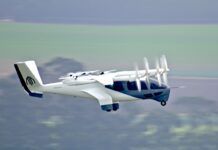
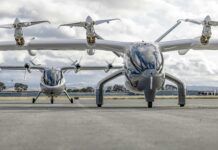






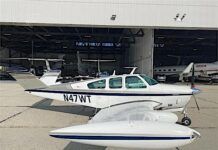

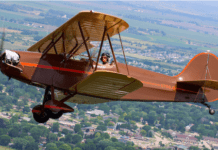


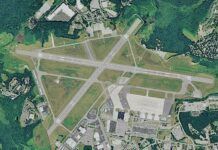
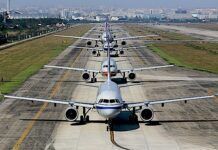
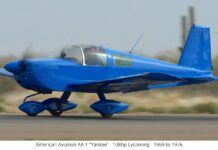
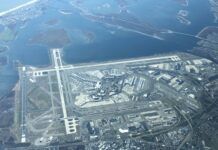
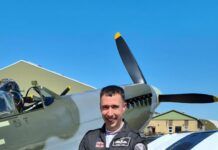



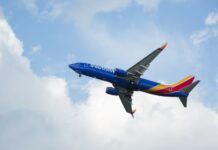
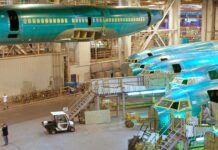

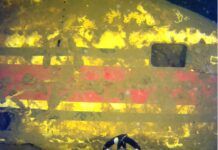







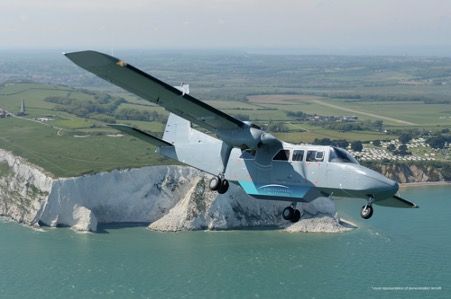

Test / concept demo of the comm hardware should go fine. Then there’s the little matter of whipping out the week-long endurance hydrogen (green, of course) powered carrier aircraft and it’s a go!
It is a very slow aircraft, so it will not move out of mobile phone range… Some people might say that developing an unscrewed version will be an act of mercy.
Aside from the trouble of carrying a week’s worth of fuel (hydrogen or otherwise) there is a problem with 5G. The high-speed variant of the 5G signals are very short range. A cell tower can only serve a block or two of a city. The signal is good for hundreds of meters, not kilometers. A vehicle so high up will not be able to provide high-speed connectivity with devices at the surface.